| Welcome to my virtual tour of the Ripple Rock Preserve! The Ripple Rock is a very interesting rock formation that's found along Highway 17, just west of Desbarats. I do not know much about geology myself, so I cannot do a satisfactory job at explaining the significance of it, but I found an article on SooToday that you can read here if you're interested in learning more. If you've never noticed it before, definitely keep an eye out next time you're going by! There's a little parking lot just to the west of the rock if you wanted to stop to check it out. However, the Ripple Rock is not actually on the TKC preserve known as the Ripple Rock Preserve. The preserve is located immediately to the east of the rock, located on both sides of Highway 17. Combined, the two lots are almost 200 acres in size. A portion of the Kensington Complex, which I discussed in last week's virtual tour, is on the preserve. The preserve is also significant habitat for wildlife, especially big game. It's an important wintering area for White-tailed Deer, Bobcats and Eastern Coyotes are seen often in the area, and a few years ago, I even found a suspected Black Bear den. |
Since this is a large property, I decided to break my tour up into two parts. This tour today will focus on the lot that's on the north side of Highway 17. I parked at the small lot I mentioned and walked down the highway to get to the boundary of the preserve. It's hard to see from the highway, but just east of the Ripple Rock, there's a gully. The property line goes about through the middle of this.
I zoomed in with my camera to take some photos of the water lilies. It won't be long until there's some beautiful flowers with them! I then looked down beside me and there was this white flowering plant. I think it's some sort of serviceberry, but I'm still waiting to confirm that,
From here, I hooked up with the old highway that there are still remnants of on the property. Where it goes through the wetland, you can see how they built the road up with rocks to pass through it. Wildlife take advantage of the old highway. I often seen scat in the middle of it during the summer and tracks in the winter. I also take advantage of it too. Easy to walk along it then the up and down rocky landscape!
There were many dragonflies flying around. One finally landed for a photo, which then allowing me to identify it. It was a Beaverpond Baskettail! This was actually my first time photographing this species, but I'm sure I've seen them before. This fern was starting to emerge out of one of the rock faces. This fern is called Rusty Woodsia and I believe it's my first time documenting this species! I'll definitely have to check it out again in a couple of weeks.
| Here are the remains of a White-tailed Deer. These bones have actually been at this spot for a few years now. I'm now very curious as to how long they'll actually stay here like this. I remember when I first found it, there was no skull or jaw bones to be found, so I wasn't able to age the deer to see how old it was when it died. You can age deer quite reliably from their teeth! Later on, I found remains of another deer. If I remember correctly, this one was a fawn that didn't survive the harsh winter we had in 2018/2019. As I mentioned earlier, the Ripple Rock Preserve is an important area for the deer in the winter. Deep snow makes it difficult for them to travel, so they yard up with other deer in locations with good cover and lots of food available. Each year, students from Sault College conduct surveys on the Ripple Rock Preserve. They count the number of twigs they find that have or haven't been browsed on by the deer and then estimate the amount of food that's available and how many deer that food can support. Usually, the deer prefer species like willow, beaked hazel, and red maple, but when things get tough in the winter, they may resort to eating whatever they can find. |
In the low, wet areas, Marsh Marigold was abundant! I love this time of the year when they are in bloom. They just seem to add so much colour to the forest floor.
| This may be surprising for those who know me, but I did not take a single bird photo on this outing! There were definitely a lot of birds to be heard singing in the forest, but none of them presented themselves out in the open. I did find this feather on the ground though. Any guesses as to what species it's from? If so, let me know in the comment section below! Below is a series of photographs that I took that show the general views of the north half of the Ripple Rock Preserve. Enjoy! |
Thanks again for participating in this virtual tour! Stayed tuned for Part 2 of this tour at some point during the summer, when I will explore the south portion of the Ripple Rock Preserve, which has more of the wetland on it!

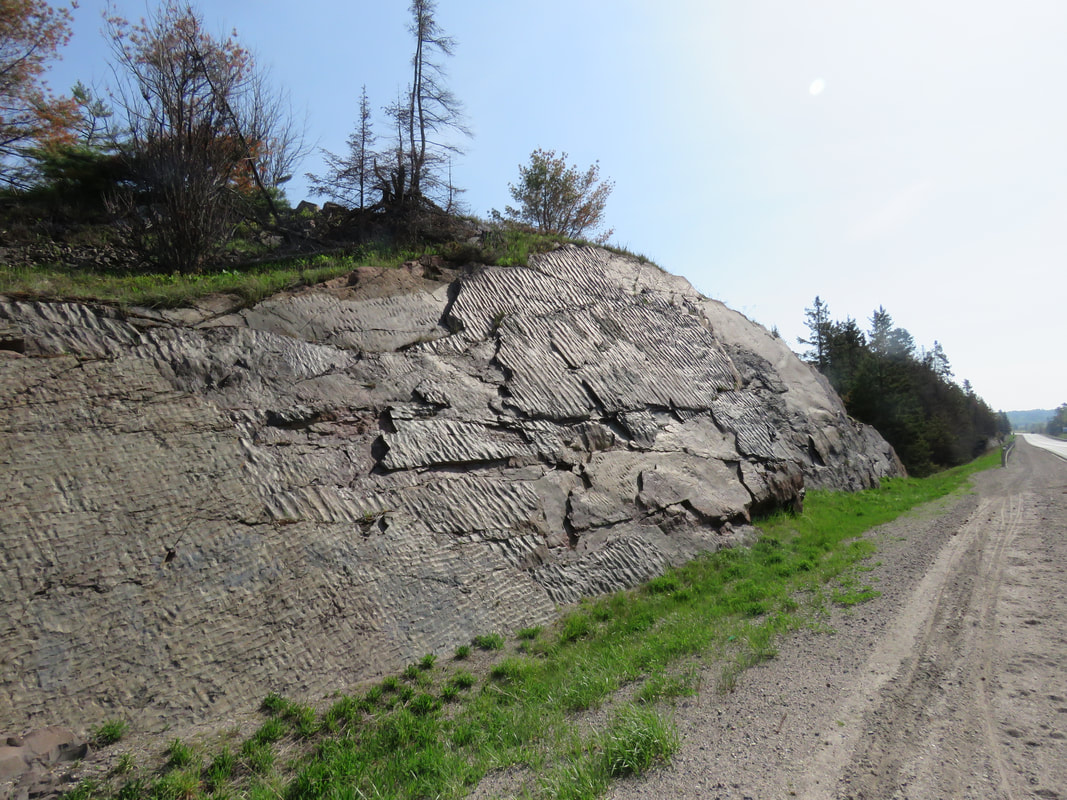
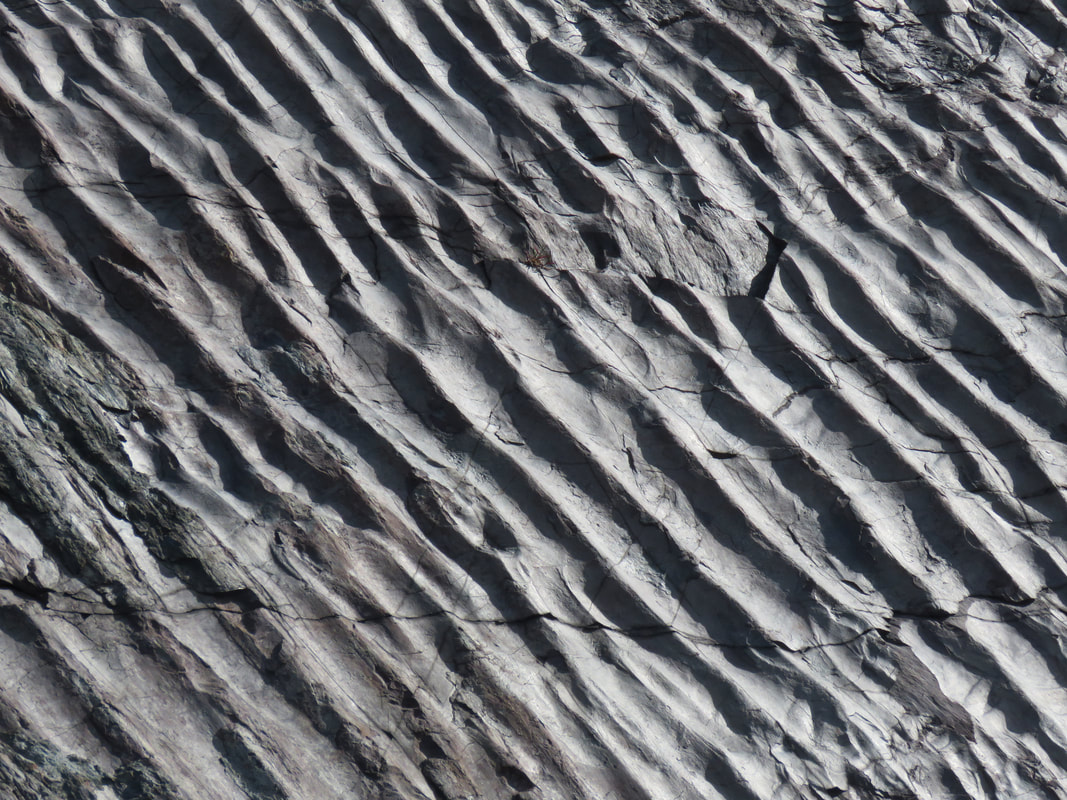
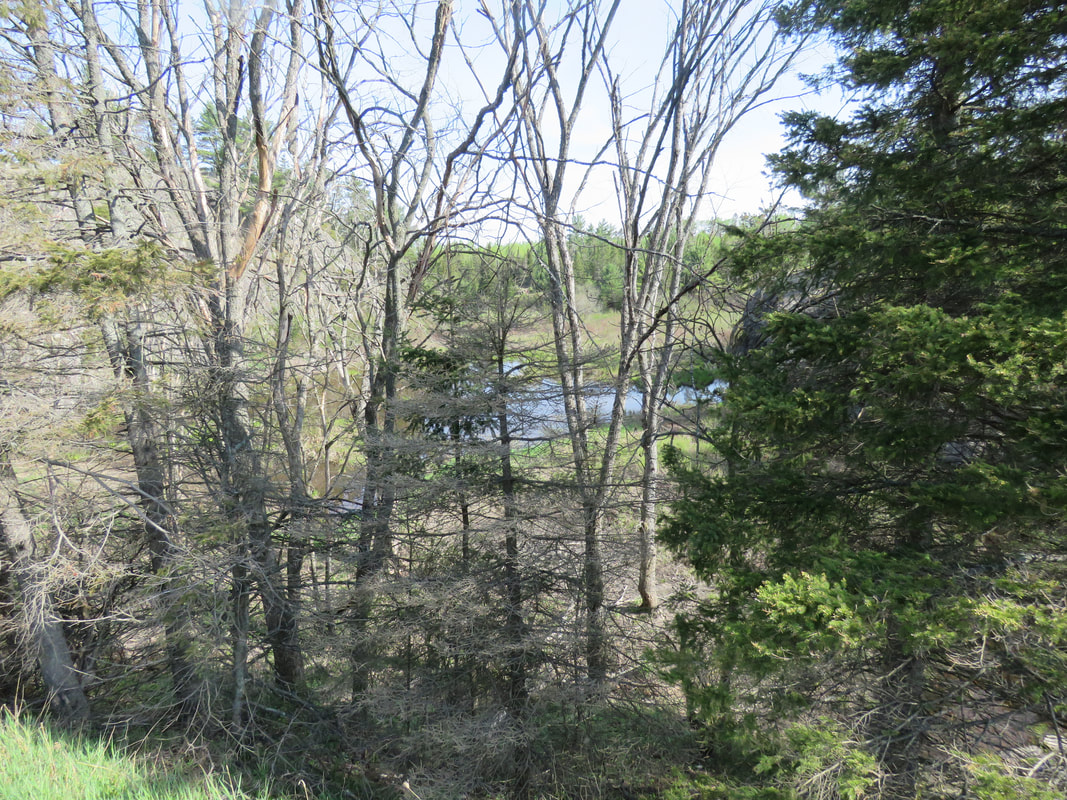
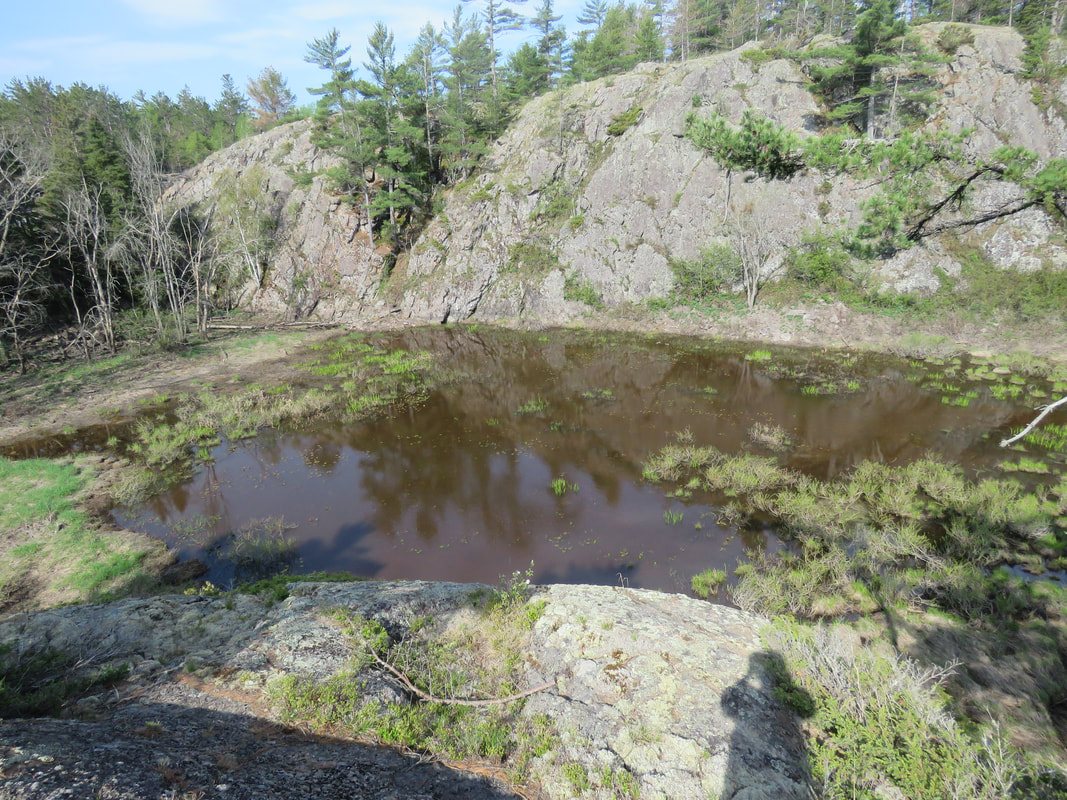
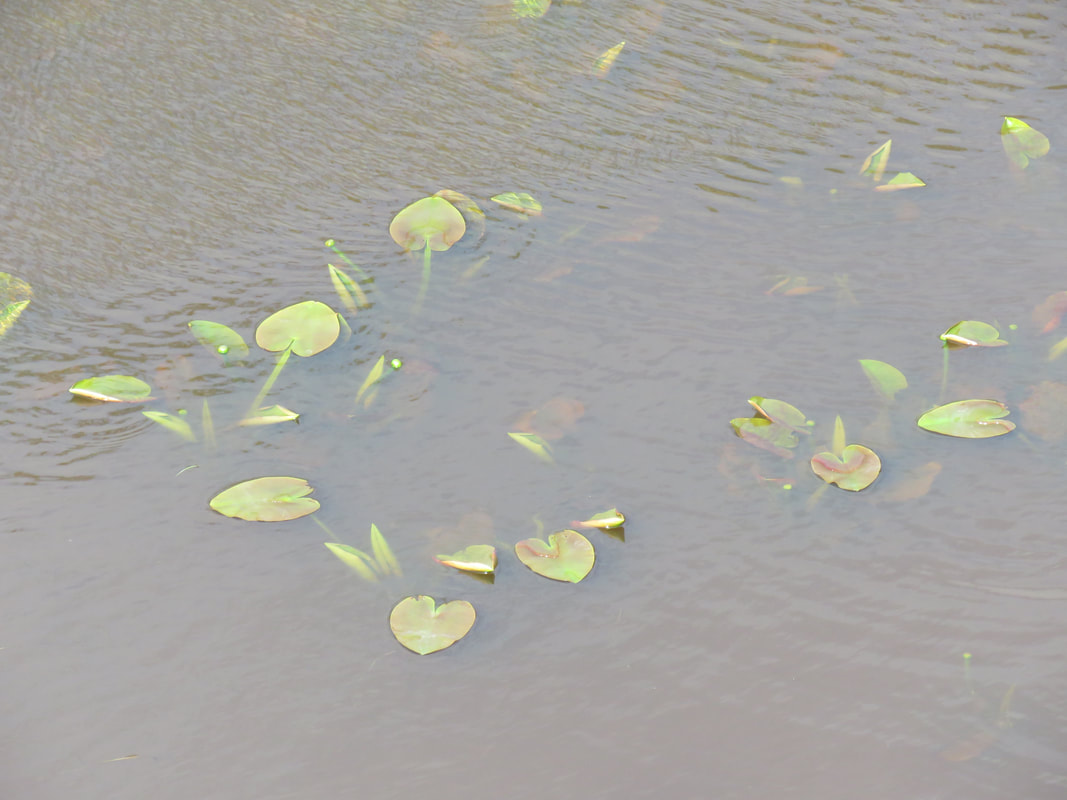
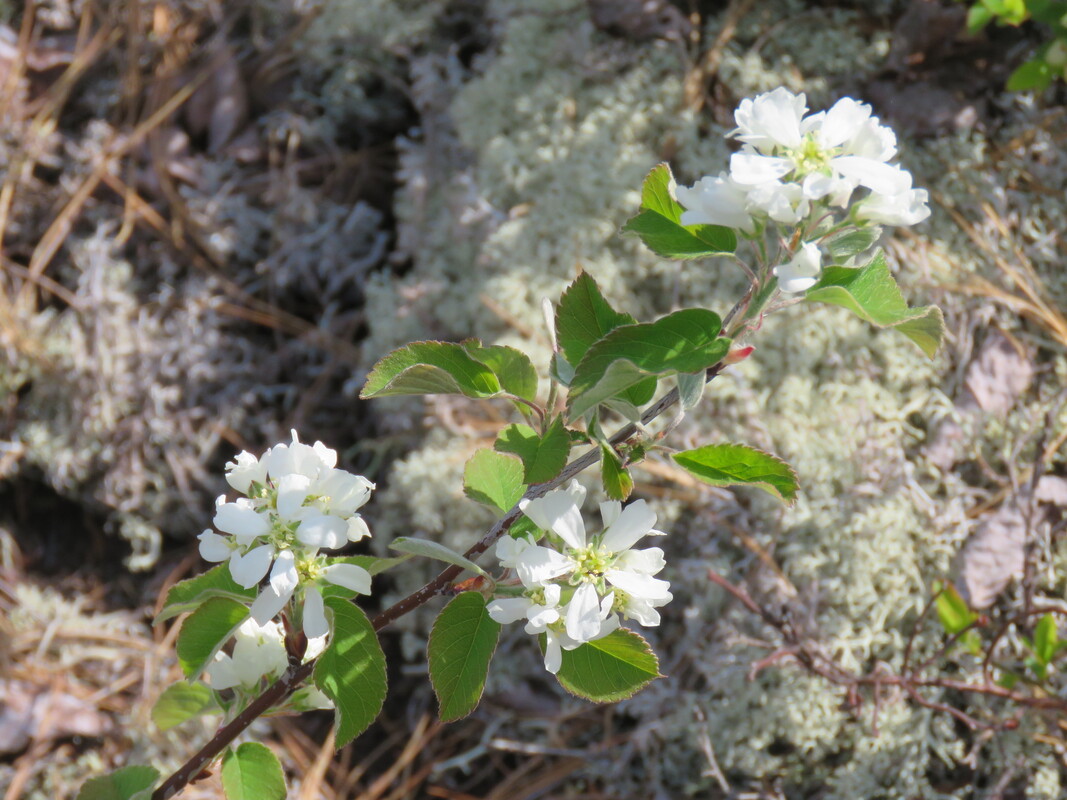
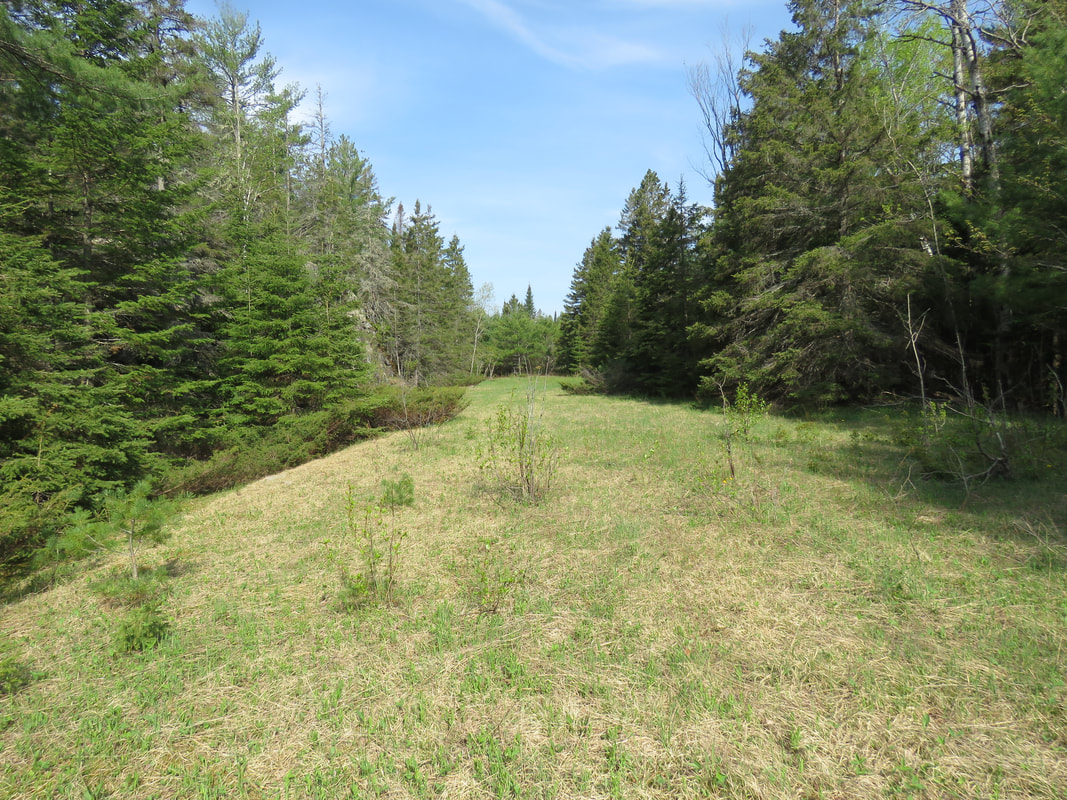
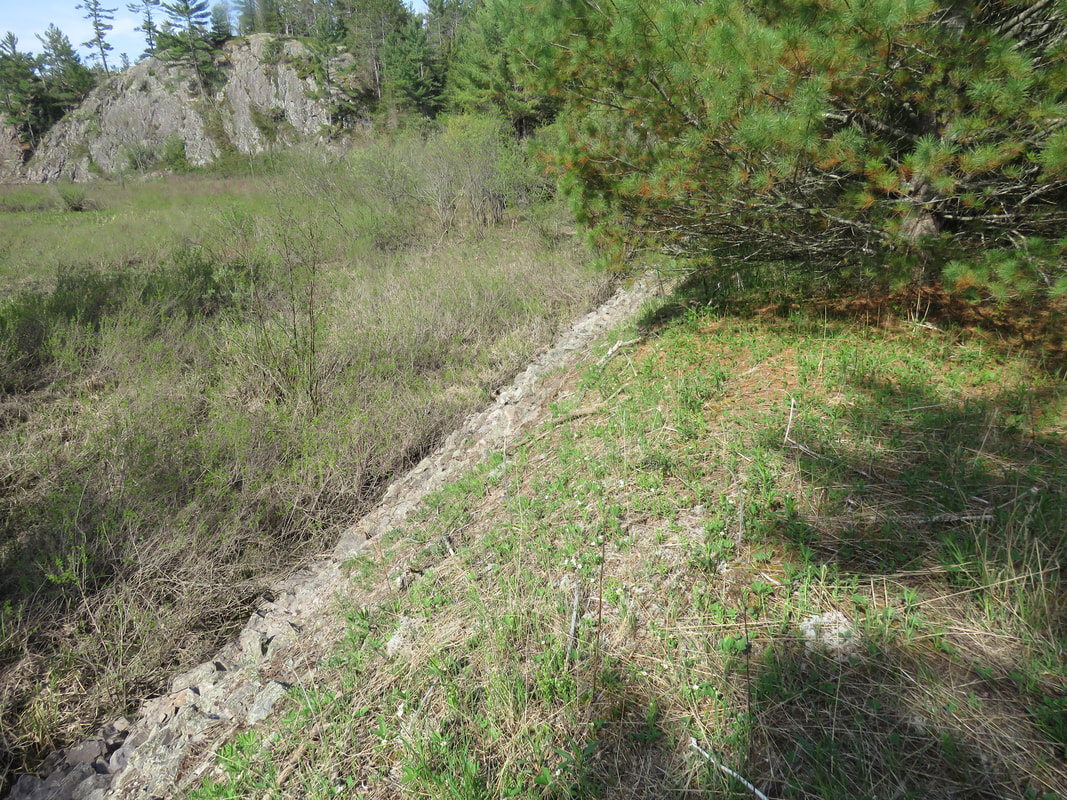
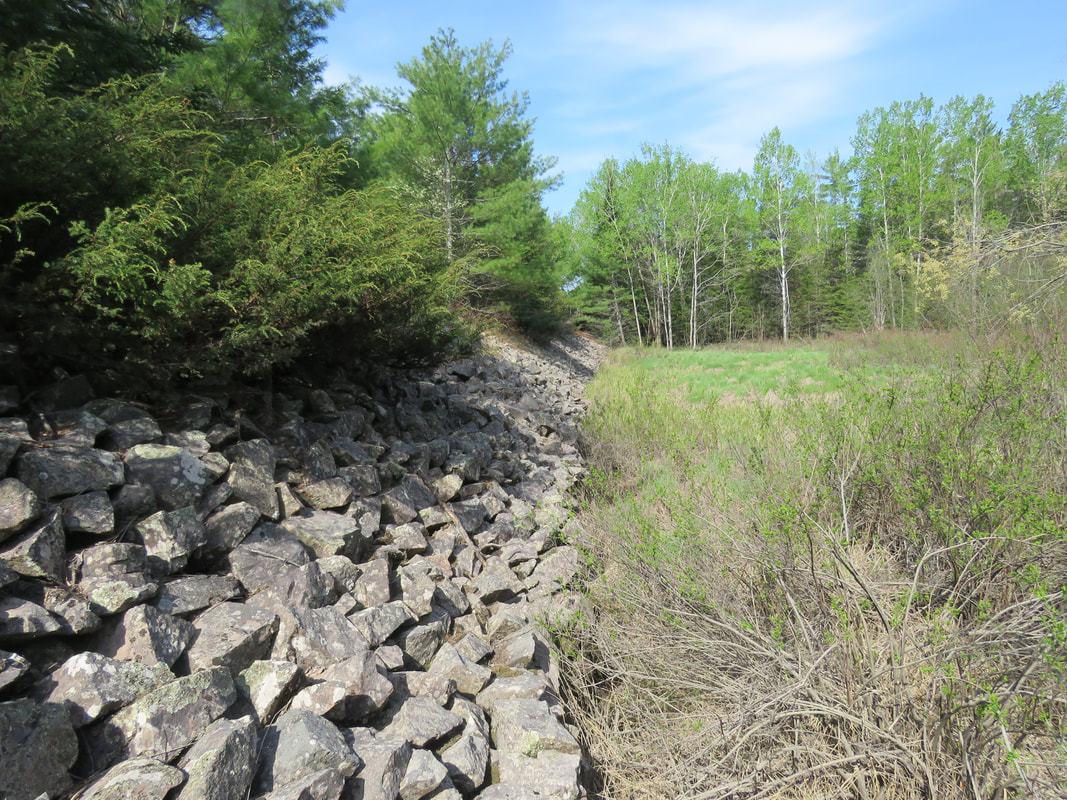
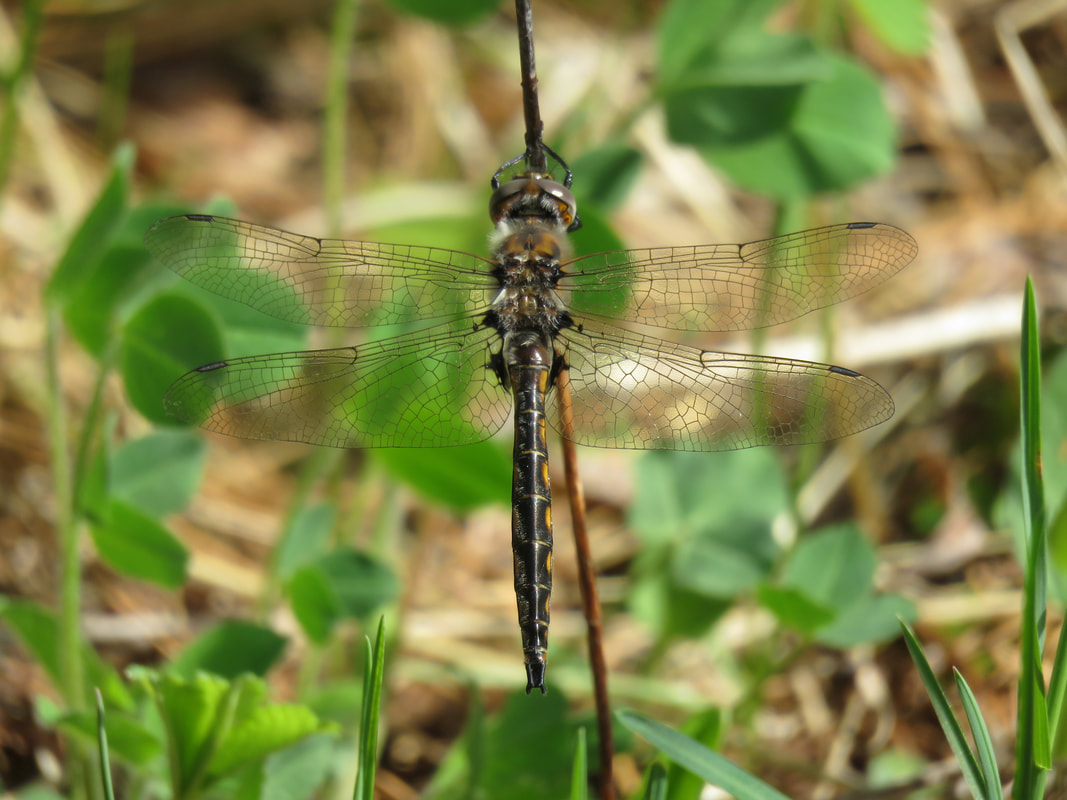
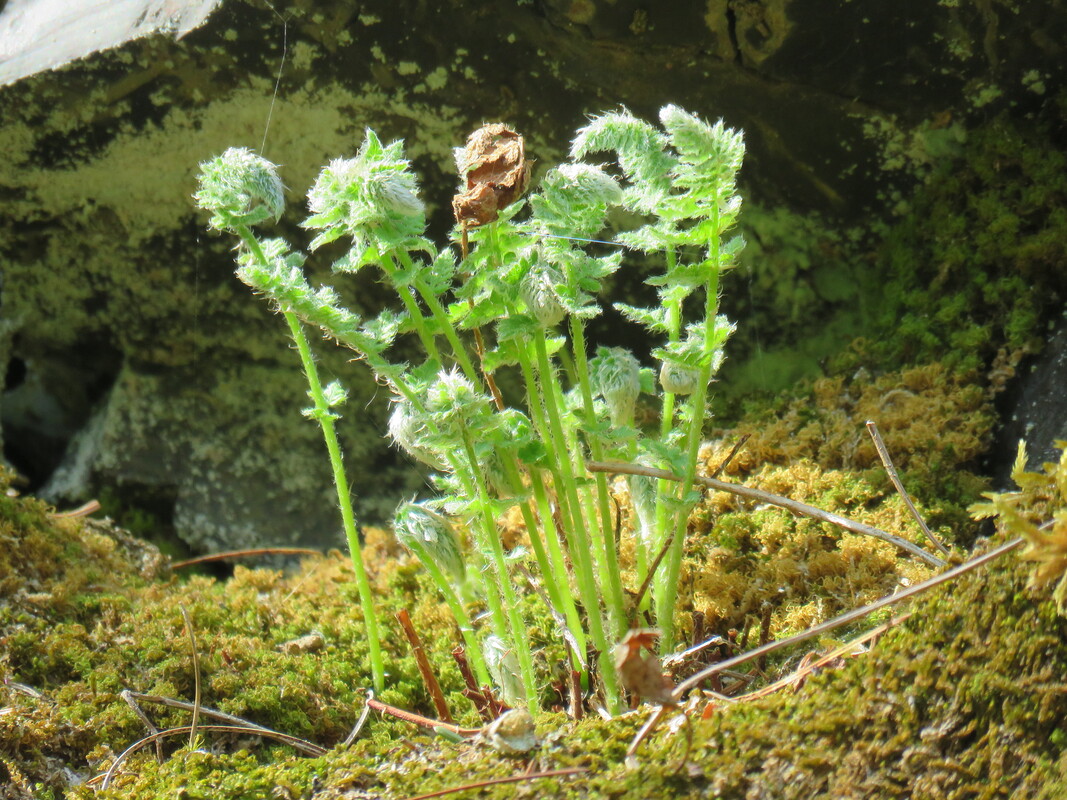
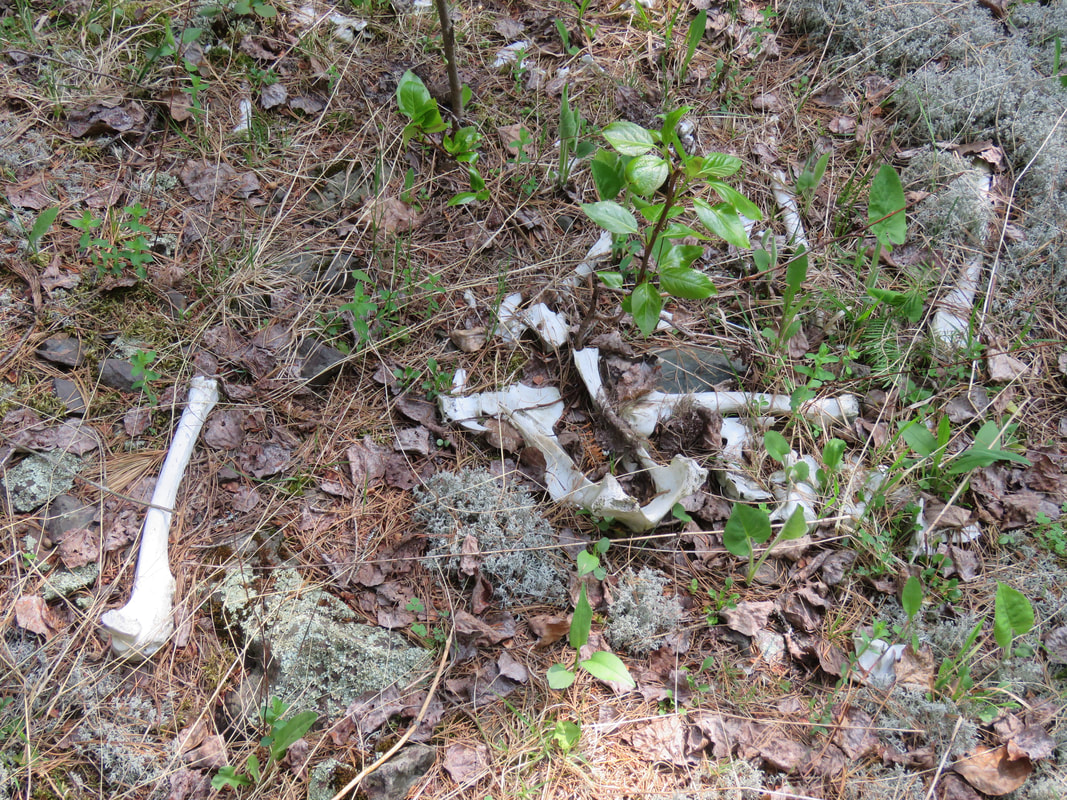
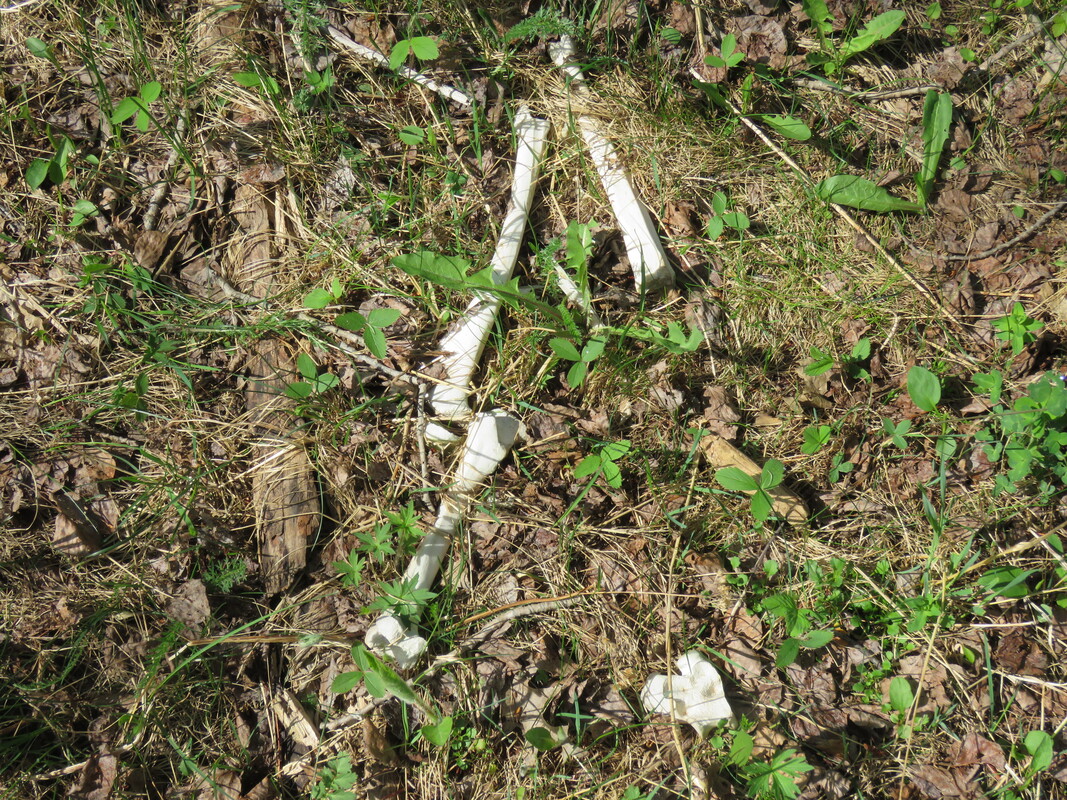
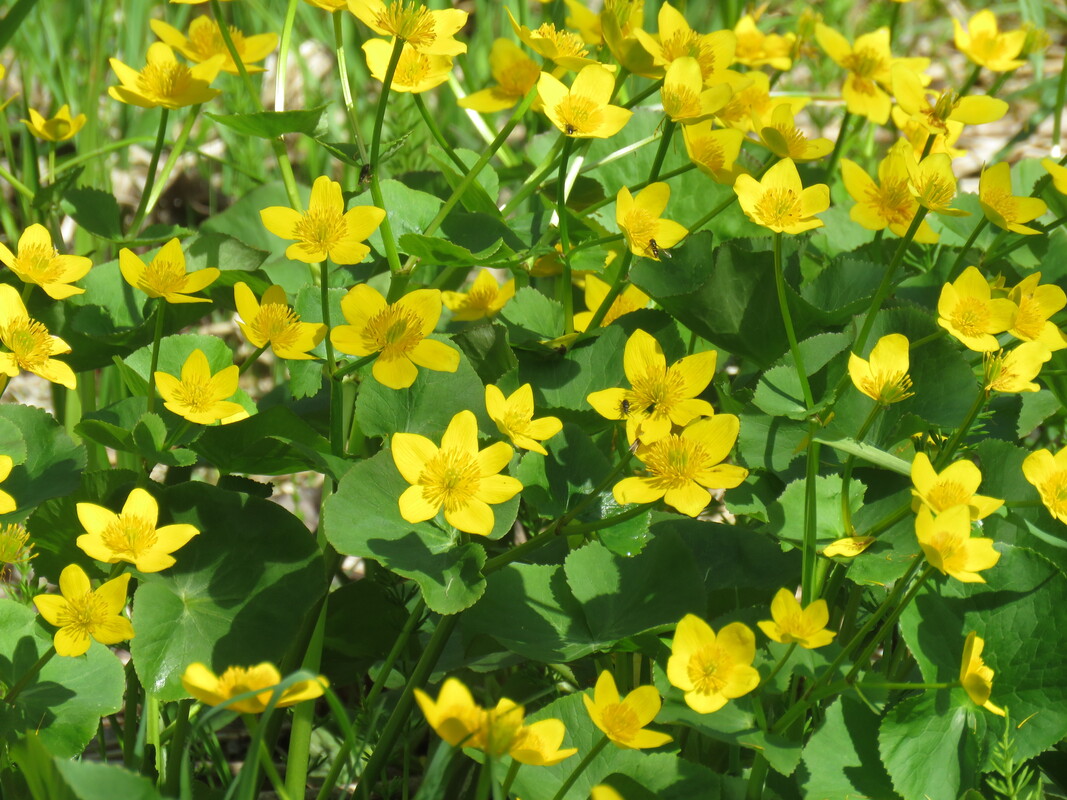
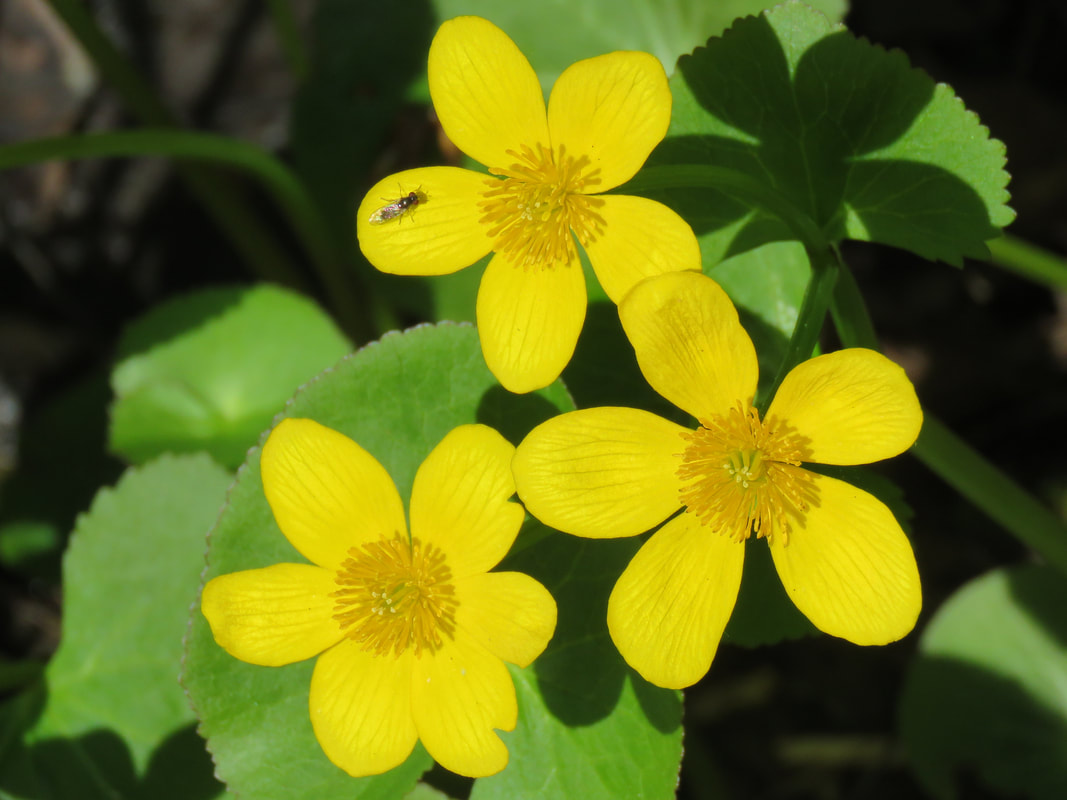
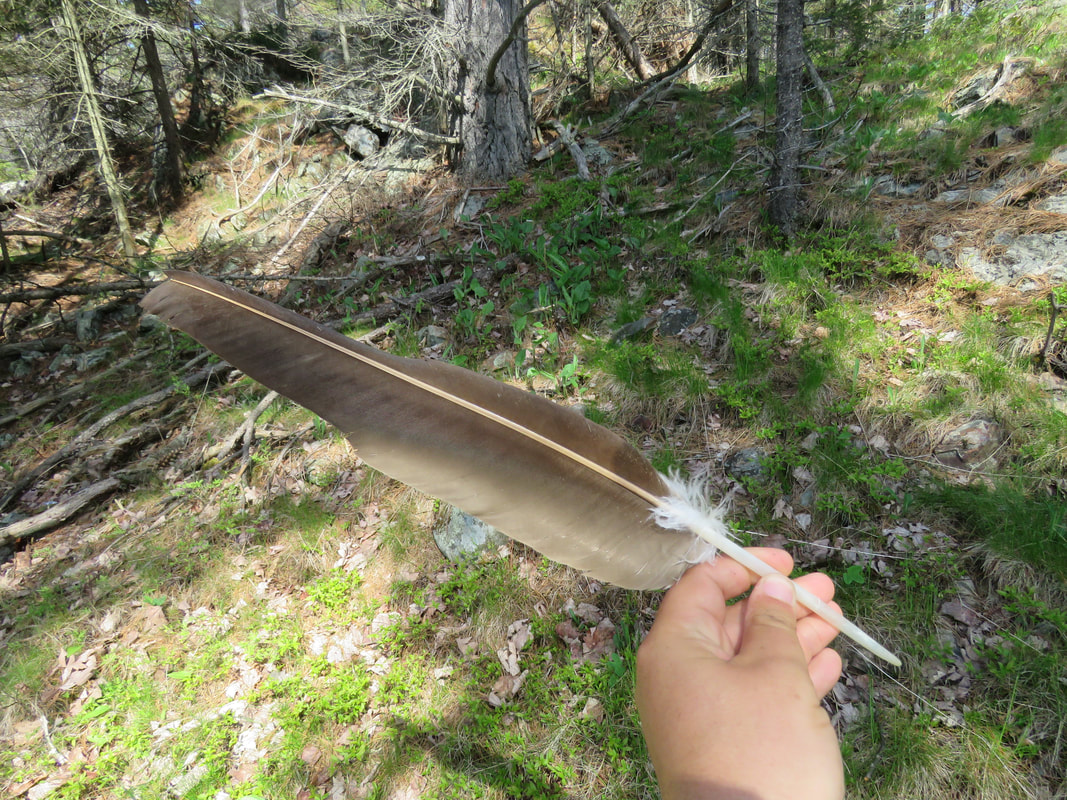
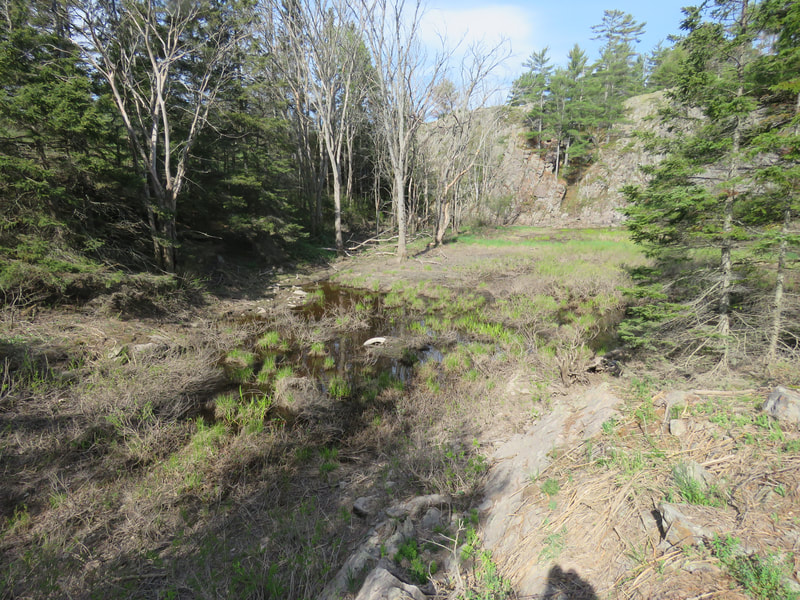
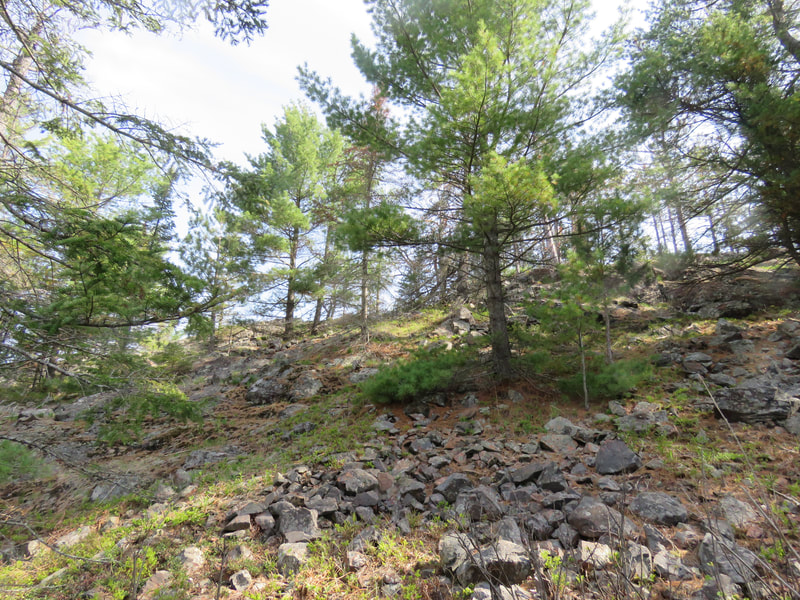
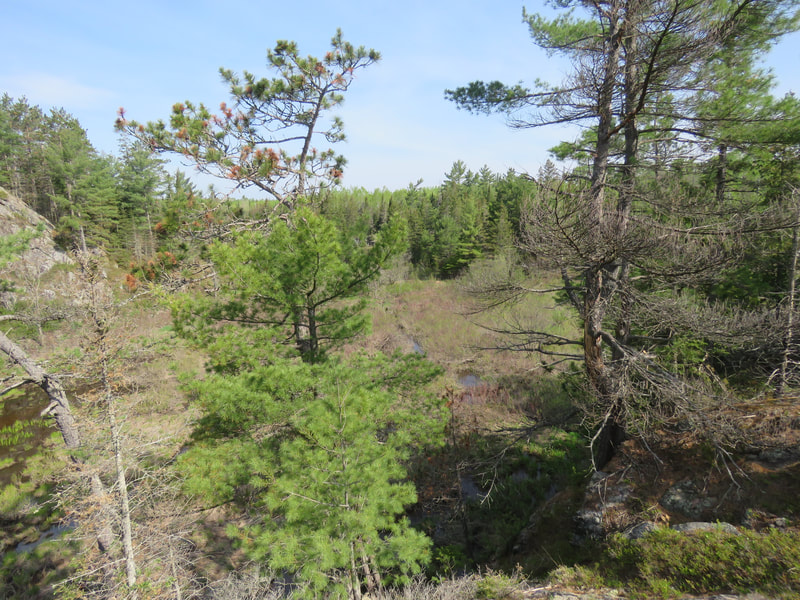
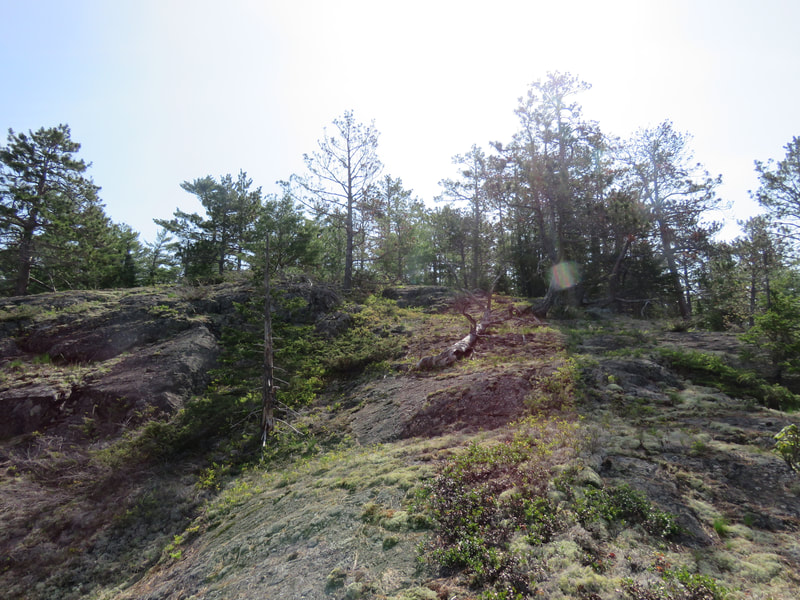
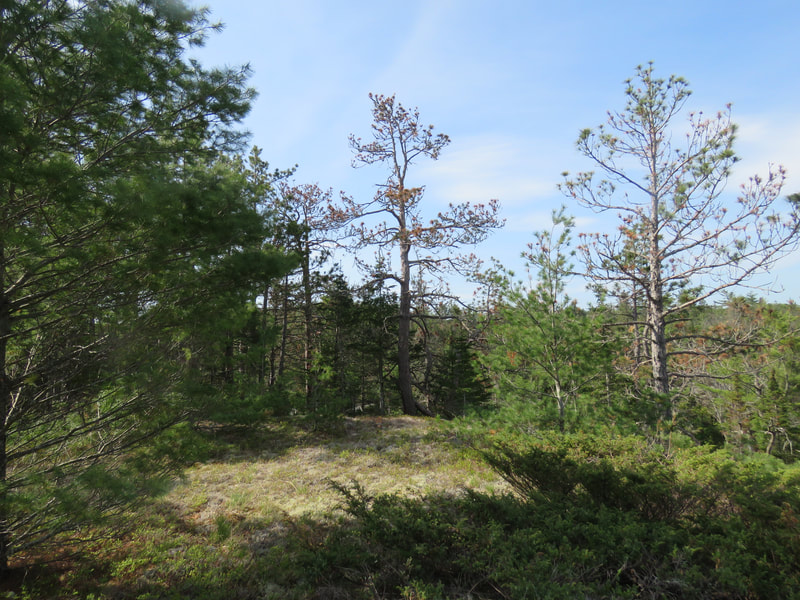
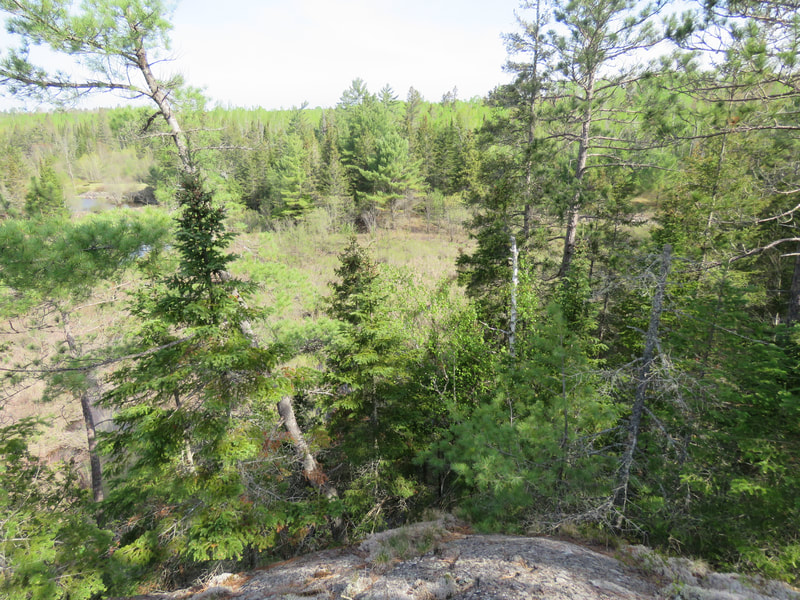
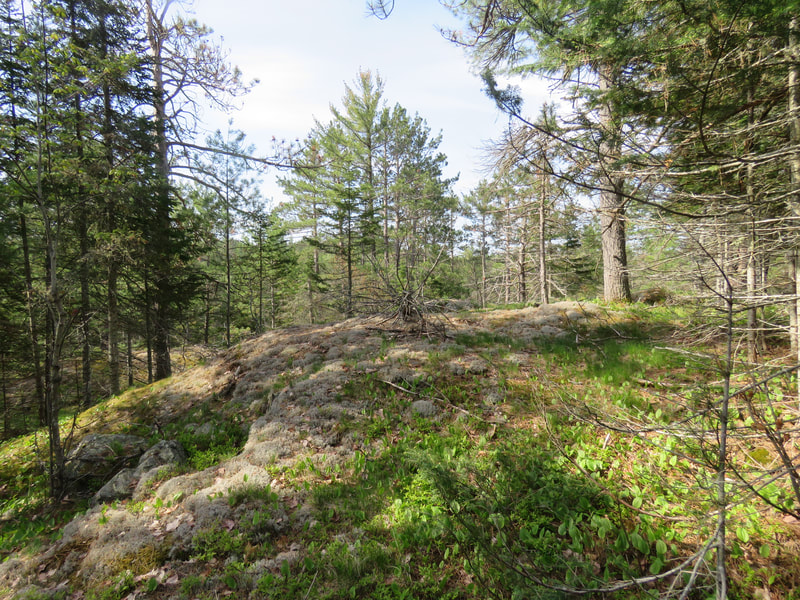
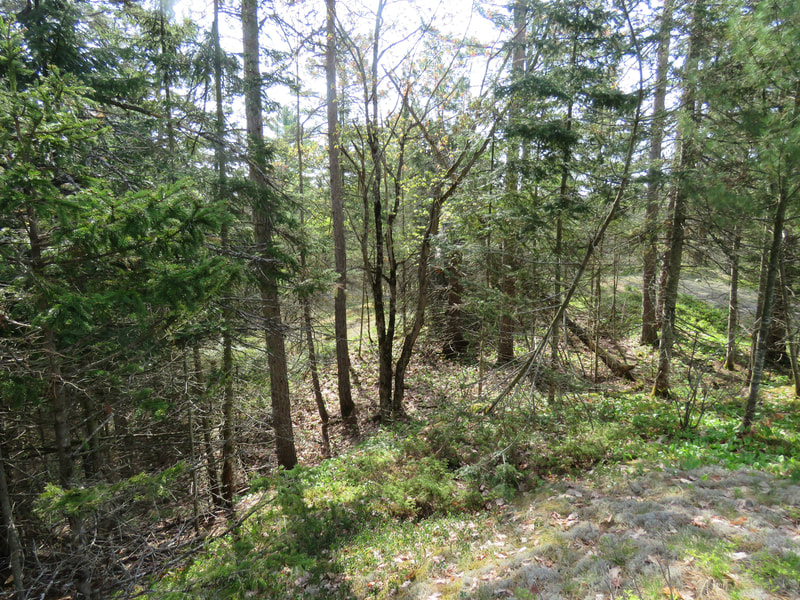
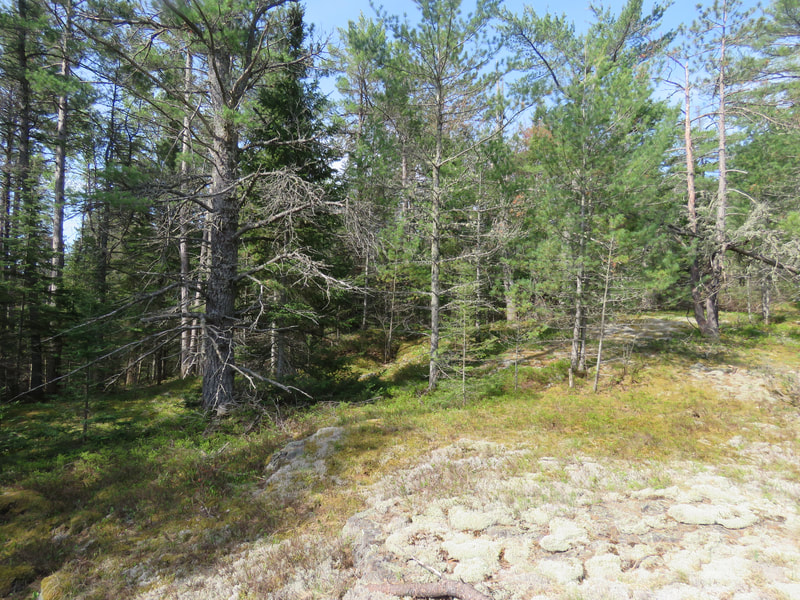
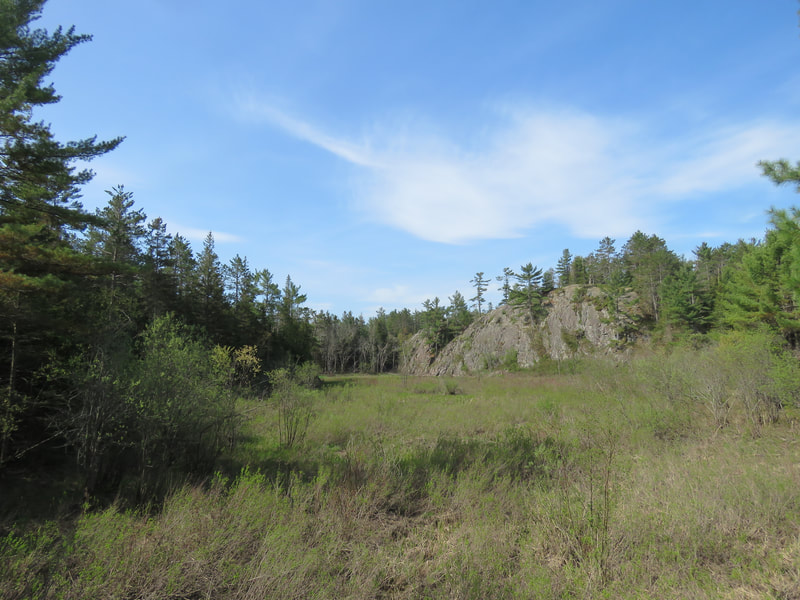
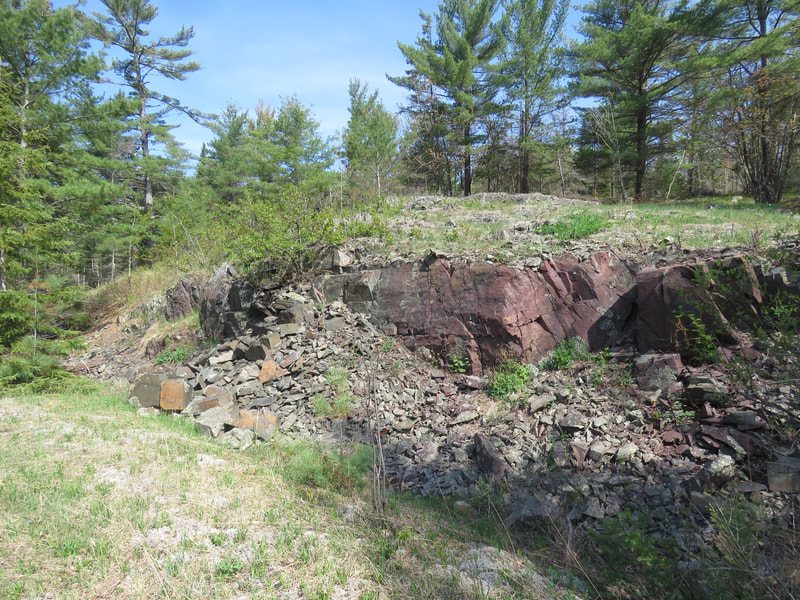
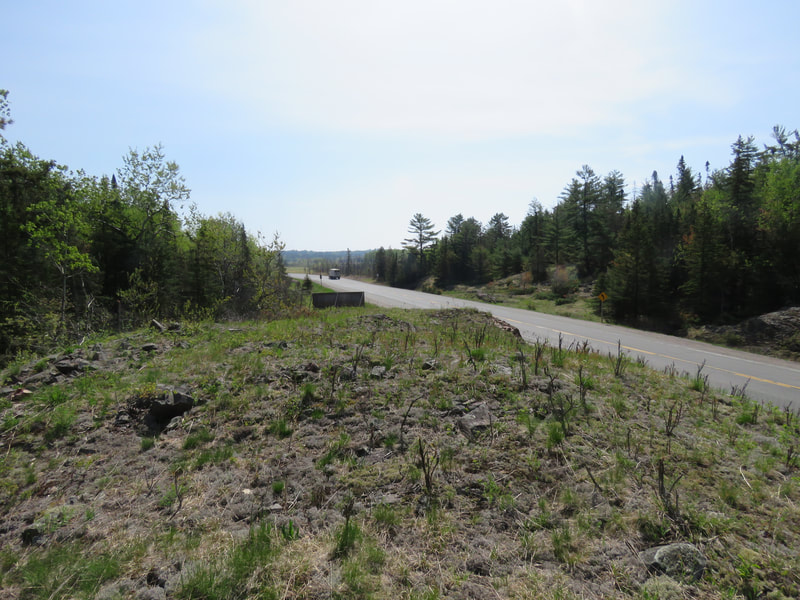
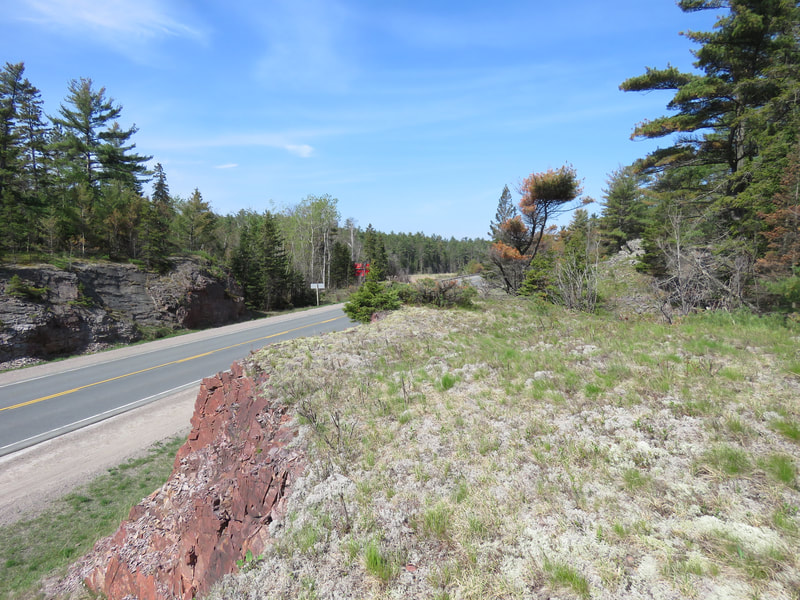
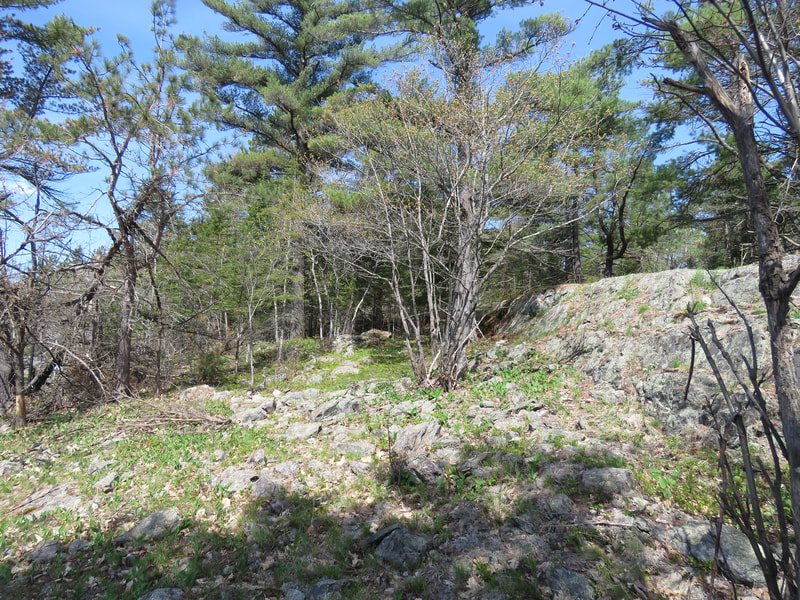
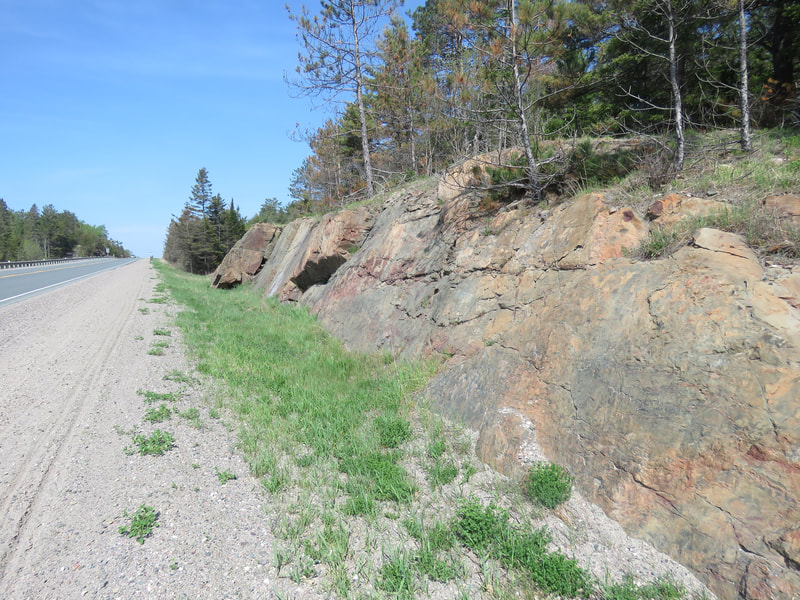
 RSS Feed
RSS Feed